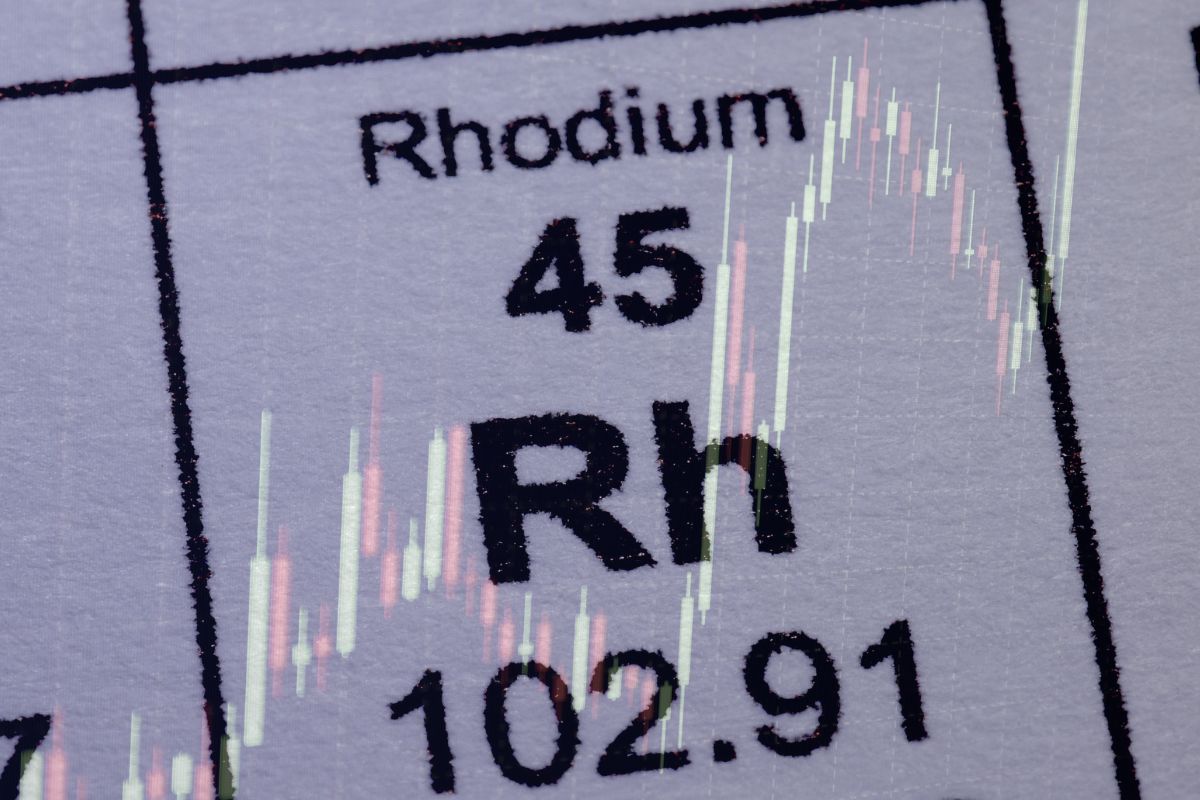FOMO, supply deficits, and a dynamic automotive sector drive the price surge of the platinum group metal.
Rhodium prices soared 35% in July, marking their sharpest monthly gain in years as supply imbalances and renewed industrial demand pushed the metal to its highest level since early 2023. Rhodium reached $7,475 per troy ounce in early trading on Thursday, up 36.5% month over month.
The rhodium market is notoriously illiquid. Even minor shifts in supply or sentiment can trigger significant price swings, making the metal highly vulnerable to both overextension and sharp corrections. With limited physical inventories and few large institutional buyers, structural price instability is a persistent feature of the rhodium trade.
Some of July’s rally has been attributed to so-called fear-of-missing-out (FOMO) buying. According to Philipp Götzl-Mamba, precious metals expert at German raw materials trader TRADIUM, the market saw some automotive manufacturers to be short on rhodium. This perception prompted other participants to stock up in anticipation of further inbound purchases, contributing to the surge in prices. Götzl-Mamba also sees the ongoing supply deficit driven by declining South African production as a major factor behind the price surge. This perspective is supported by Johnson Matthey’s 2025 PGM report, which highlights that rhodium is facing its third consecutive year of supply shortfall, with demand consistently outpacing available supply.
Hybrid Demand Reshaping the PGM Landscape
Beyond short-term supply imbalances, a broader structural shift in automotive demand is supporting the rhodium rally. Hybrid vehicles are becoming more attractive for consumers, particularly in regions where electric vehicle charging infrastructure is still underdeveloped. Unlike fully electric vehicles, hybrids use catalytic converters that rely on platinum group metals (PGMs), including rhodium, to filter pollutants from exhaust gases. Analysts expect this hybrid trend to accelerate.
China’s Emissions Crackdown Supports PGM Demand
In July, China rolled out tighter vehicle emissions standards under the China VI-b framework. These new rules require real-world emissions testing and stricter limits on pollutants such as carbon monoxide and nitrogen oxides. Analysts believe the updated standards will increase the amount of PGMs required in catalytic converters, further boosting demand for rhodium and its sister metals.
Photo: Armands photography, Jupiterimages via Canva

